Immigration: Key questions and answers about the Cuban Family Reunification Program
In May, the US began processing some pending visa applications while announcing the resumption of the Cuban Family Reunification Program.
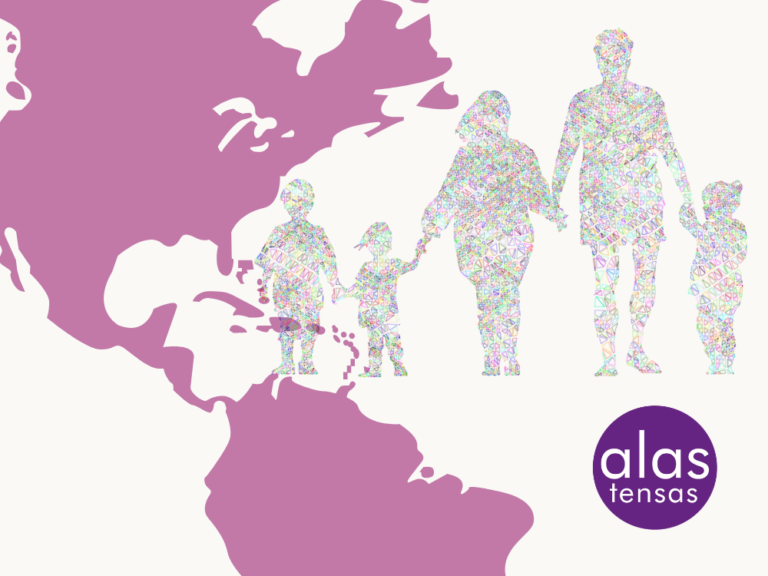
The White House announced in a statement that the US Department of Homeland Security (DHS) would resume the Cuban Family Reunification Parole Program (CFRP) byconducting interviews in Havana from September onwards.
We offer some answers to critical questions about the Cuban Family Reunification Program's resumption.
What is the Cuban Family Reunification Program?
The CFRP is a particular type of admission to the United States that allows its citizens to request an entry permit for their family members in Cuba. It does not grant immigration status per se. It is not a type of visa but an "acceptance" into the country by the US Citizenship and Immigration Services (USCIS).
The program was created in 2007 to comply with the immigration agreements signed in 1994 and 1995. The United States pledged to grant at least 20,000 visas a year to Cubans, not including immediate family members of US citizens.
The program halted in 2017 following staff cuts at the US embassy in Havana. Since then, certain US citizens and legal permanent residents could not request parole for their relatives in Cuba.
However, in May 2022, US immigration authorities began processing visa requests that had been pending for a while. At the same time, they announced the resumption of the family reunification program.
Who are eligible for the Cuban Family Reunification Program?
Last July 31, the US Embassy in Havana published a post on Facebook announcing that it had started processing:
"all categories of immigrant visas for immediate family members, including spouses and minor children of US citizens."
However, they are not eligible for CFRP because they can apply for an immigrant visa following the approval of the I-130 Form, which is the first step to helping immediate family members who wish to immigrate to the United States.
To be "eligible," the primary beneficiary must:
- Be a Cuban national living in Cuba; and
- Have a family member who is a US citizen or a permanent resident, and have been invited to participate in the CFPR Program.
In addition, people applying for the CFRP may be eligible for parole for their relatives in Cuba if:
- They are US citizens or Lawful Permanent Residents (LPR).
- Have received an invitation from the Department of State's National Visa Center (NVC) to participate in the CFRP Program.
- Have an approved Form I-130, Petition for Alien Relative, for a Cuban family member.
The CFRP includes as eligible the following non-immediate family members:
First preference: Unmarried adult children of US citizens over 21.
Second preference: Spouses and children (unmarried and under 21 years of age) of lawful permanent residents.
Third preference: Married sons and daughters of US citizens.
Fourth preference: Brothers and sisters of US citizens (if the US citizen is 21 years of age and older).
You can check your eligibility for the Family Reunification Program by entering the number on your approved I-130 Form on this link.
Applying for the Cuban Family Reunification Parole Program
The beneficiary of the CFRP cannot initiate this process; the request has to be made by a US citizen or a lawful permanent resident by submitting Form I-130.

Once the request has been accepted, the applicant should present the I-131 Form (which works as a request for a travel document). The cost of said form is US$575, but the applicant can request a fee waiver provided evidence of lack of funds to pay for it.
Those applicants living in the US can pay the I-131 form online (by credit or debit card), through money order, or by cheque in person in one of the USCIS offices.
Once the application and the forms have been submitted, the National Visa Center (NVC) send them to the US Embassy in Havana, where diplomatic personnel will conduct interviews with the beneficiaries to decide whether to grant them an entry permit (fingerprints and photographs are required at this stage.)
The decision to grant the migratory parole rests in the hands of USCIS officials. Generally, it is given to those applicants who have met all the requirements mentioned above and passed criminal background checks and the immigration medical exam.
The process may be hindered if there is a felony or any other criminal record.
What are the main benefits of the Cuban Family Reunification Program?
Once the application to request an entry permit is accepted, the beneficiaries (non-immediate family members of lawful permanent residents or US citizens) will be entitled to several advantages:
- To enter the United States legally: although the CFRP does not automatically grant an immigration status, the Cuban Adjustment Law allows Cuban citizens that have been living in US territory for a year (having entered the country legally) the possibility of becoming permanent residents after a year and one day following their arrival.
- Request a work permit: once in US territory, the CFRP beneficiary would be able to submit an I-765 Form to request from the USCIS, the proper authorization to work while awaiting permanent residence.
- Obtain an immigrant visa that allows the CFRP beneficiary to request entry to the country as a lawful permanent resident, regardless of the availability of visas or immigration priority dates.
(This article was originally published by Árbol Invertido).
▶ Vuela con nosotras
Nuestro proyecto, incluyendo el Observatorio de Género de Alas Tensas (OGAT), y contenidos como este, son el resultado del esfuerzo de muchas personas. Trabajamos de manera independiente en la búsqueda de la verdad, por la igualdad y la justicia social, por la denuncia y la prevención contra toda forma de violencia de género y otras opresiones. Todos nuestros contenidos son de acceso libre y gratuito en Internet. Necesitamos apoyo para poder continuar. Ayúdanos a mantener el vuelo, colabora con una pequeña donación haciendo clic aquí.
(Para cualquier propuesta, sugerencia u otro tipo de colaboración, escríbenos a: contacto@alastensas.com)




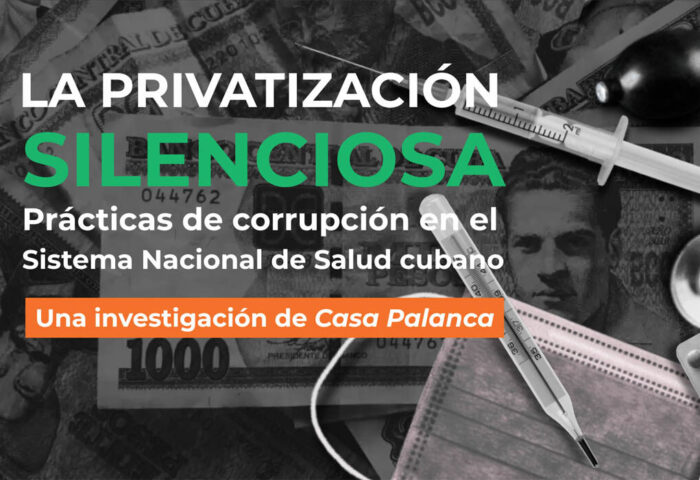
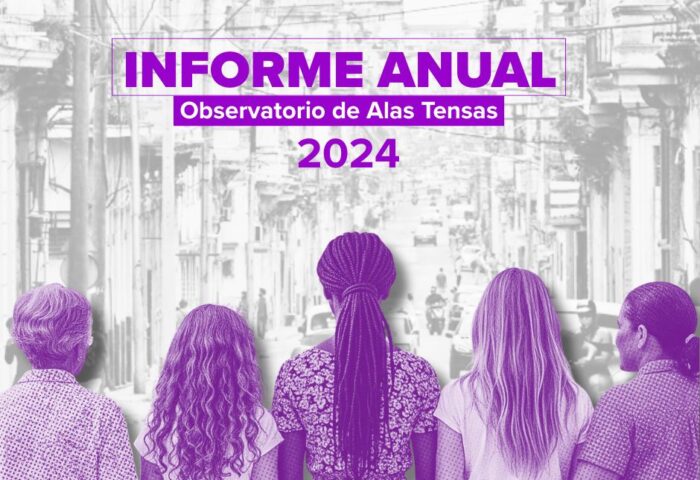

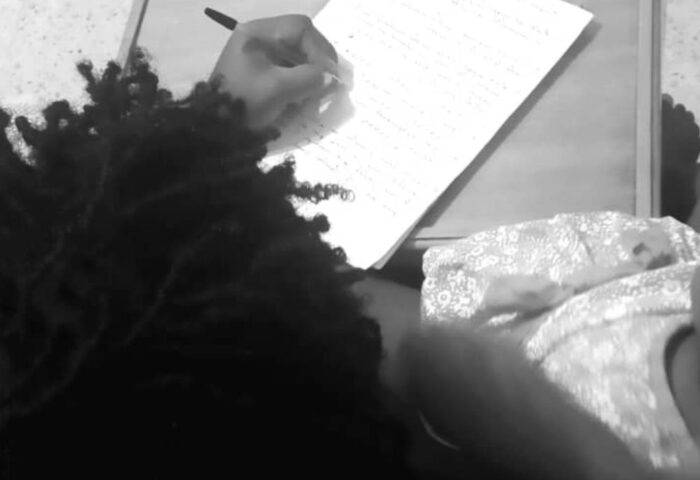

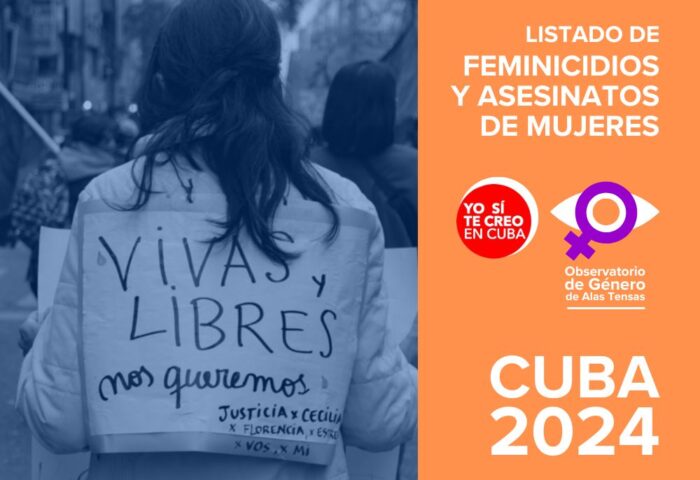
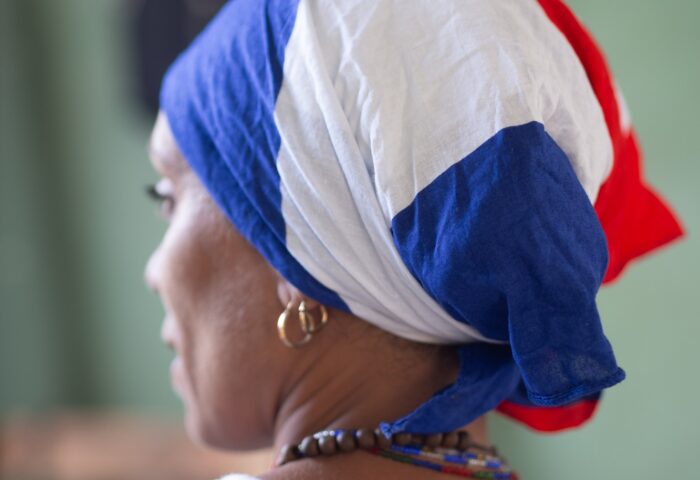
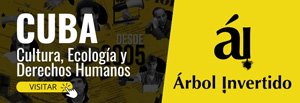






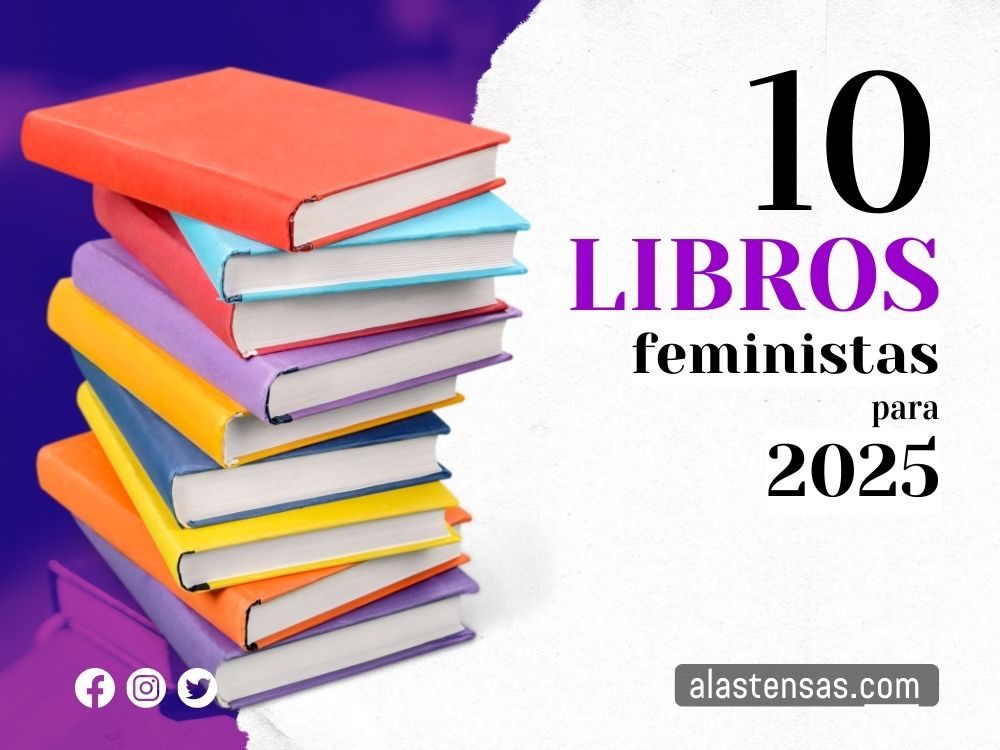


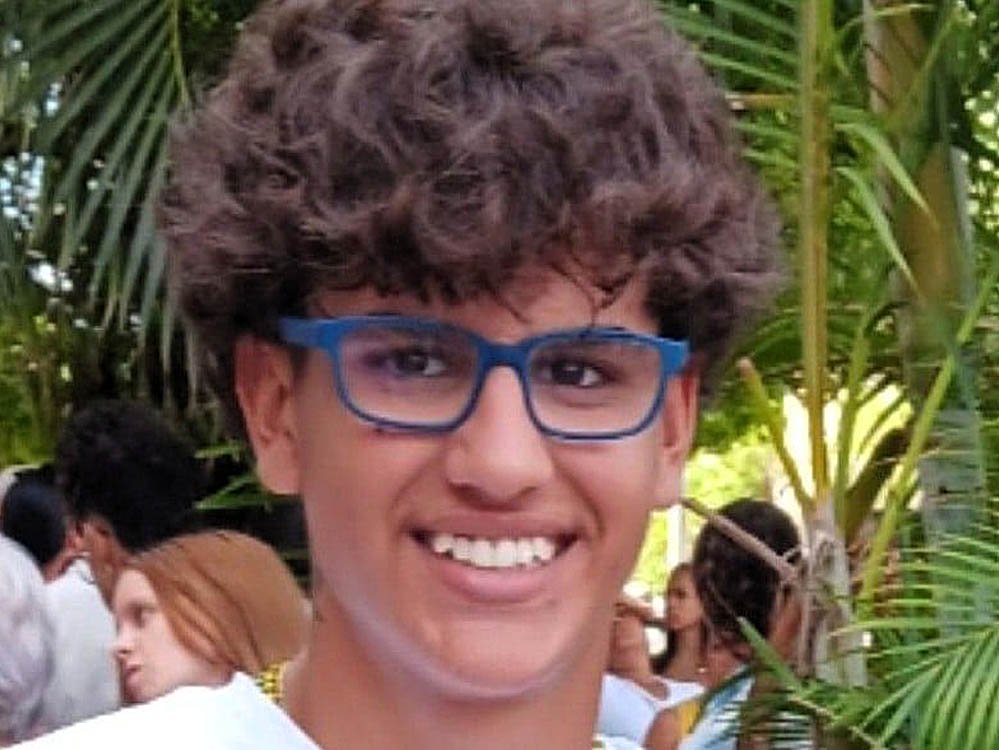

Responder